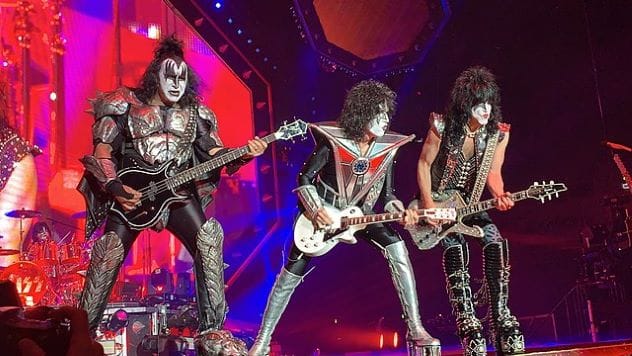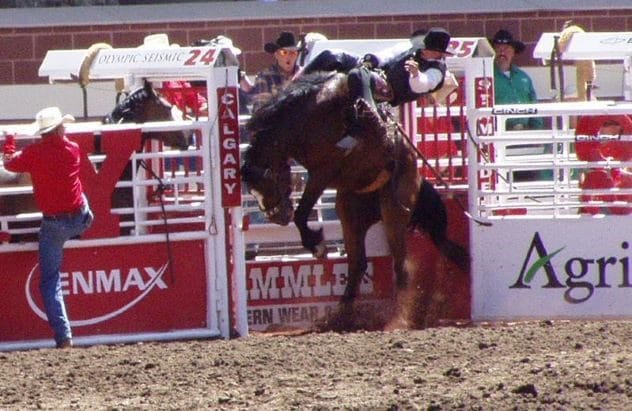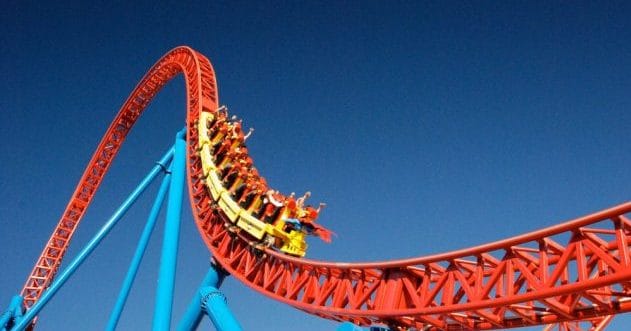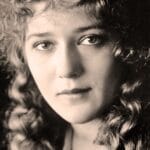Theme parks ignite our imaginations, offering thrilling escapes into worlds of fantasy and adventure. But what happens to the theme park dreams that never quite make it off the drawing board? Creating an amusement park is a colossal task, often battling steep costs, land acquisition challenges, and intricate planning. Imagineers and designers often indulge in a “Blue Sky” phase, envisioning grand concepts without budgetary or practical constraints. Unfortunately, many incredible park ideas remain eternally in this “Blue Sky” stage. Join us as we explore ten amazing theme parks that promised wonder but never welcomed their first guest.
10. Space City USA
Many ambitious entrepreneurs have dreamed of creating a park to rival the magic of Disneyland. Space City USA, planned near Huntsville in northern Alabama, was one such contender. The vision for this park, set to begin construction in 1965, was a journey through time, featuring multiple themed lands.
Imagineers envisioned guests exploring areas like the Old South, a Lost World teeming with Mesozoic creatures, a futuristic Moon Colony, and even the whimsical Land of Oz—a playful stretch of the time-travel concept. Unfortunately, the park’s five-million-dollar budget, combined with significant mismanagement, became insurmountable obstacles. By 1967, the dream of Space City USA faded as the land was sold at auction.
9. Six Flags Indiana
Six Flags is a giant in the amusement park industry, known for its thrilling rides and numerous locations. However, not all their ventures come to fruition, as seen with the story of Six Flags Indiana. This project advanced so far that six roller coasters were actually shipped to the site before plans were ultimately abandoned.
In 1996, Six Flags acquired the Old Indiana Fun N Water Park, which had closed following an accident. The company even purchased four additional roller coasters from the defunct Opryland USA theme park for the new Indiana location. Sadly, these coasters were never assembled. It’s believed that Six Flags’ pattern of overspending during the 1990s led to the Indiana project being considered a poor investment and eventually shelved.
8. Wonderland Amusement Park
In the suburbs of Beijing, specifically in Chenzhuang village, lay the ambitious plans for Wonderland Amusement Park. Construction began modestly in 1998 with the grand vision of rivaling Disneyland, even before Disney announced its own park in China. Wonderland aimed to feature a magnificent castle as its centerpiece, and haunting photos reveal that this structure was partially built.
The dream crumbled due to insufficient funding. Even if more capital had become available, Disney’s announcement of a Hong Kong park in 1999 dashed any remaining hopes for Wonderland’s success. Consequently, the 120-acre site, with its incomplete buildings and skeletal castle, became an eerie playground for urban explorers.
7. KISS World

The iconic rock band KISS, formed in New York City in 1973, quickly rose to superstardom, releasing six hit albums by 1977. Riding this wave of success, lead singer Gene Simmons envisioned a new venture: a KISS-themed amusement park. Brainstorming for KISS World began around 1978, with a unique twist – it was planned as a touring park, similar to a traveling fair, rather than a fixed location.
Despite the exciting concept, KISS World never moved beyond the planning stages. A key factor was the band’s declining popularity starting in 1979, reflected in lower concert attendance. Additionally, the band’s management realized that financing and operating an amusement park was too monumental a task for a single rock group to undertake.
6. Charlie Daniels Western World and Theme Park

Inspired by Dolly Parton’s successful Dollywood theme park, country music star Charlie Daniels aimed to create his own amusement park in Florida. Teaming up with stockbroker Michael Vandiver, Daniels envisioned a park grand enough to compete with Disney World. However, like KISS World, Charlie Daniels Western World and Theme Park never broke ground.
The proposed location was Saddlebrook, just north of Tampa. The park was to embrace a “Wild, Wild West” theme, focusing less on traditional rides and more on unique attractions like a rodeo, a 36-hole golf course, and dinner theaters. A wooden roller coaster was also part of the plans. Intended to open in 1997, the project ultimately failed due to high costs and opposition from Saddlebrook residents, preventing this Western dream from becoming a reality.
5. Six Flags Florida
Florida is a theme park paradise, home to giants like Walt Disney World, Universal Studios, SeaWorld, and Busch Gardens. Naturally, Six Flags also eyed this lucrative market. Rumors about a Six Flags park in Orlando began swirling in the 1980s, with many anticipating their signature thrill rides joining the Florida lineup.
Despite these persistent rumors and hints from the company, especially after establishing parks in nearby Georgia, Six Flags never made a large-scale land purchase in central Florida. They did operate a water park in South Florida and a wax museum near SeaWorld, but a full-fledged theme park remained elusive. Speculation suggests that repeated company bankruptcies and challenging global economic conditions kept these plans purely theoretical, even when opportunities like acquiring the defunct Orlando Boardwalk and Baseball park arose.
4. Disney WestCOT
In 2001, Disneyland in Anaheim, California, expanded with its second park, Disney’s California Adventure. However, before settling on a California theme, Disney had grand plans to bring a version of Walt Disney World’s EPCOT to the West Coast. This ambitious project was to be called WestCOT.
WestCOT was envisioned to focus more on the international celebration of EPCOT’s World Showcase rather than its original futuristic utopian theme. A massive, golden, metal-encased dome would replace EPCOT’s iconic geodesic sphere, and it promised to feature even more countries than its Florida counterpart. However, staggering costs, particularly after budget strains from other Disney projects in the 1990s, and concerns from Anaheim city planners about the park’s enormous scale, led to WestCOT’s cancellation. Disney’s California Adventure was built as a smaller compromise, though it initially faced criticism for its perceived modest scale.
3. Multiple Parks in Dubai
Dubai, known for its grand ambitions, attracted several major theme park players. Six Flags, Universal Studios, and even Disney explored opportunities to build spectacular parks in the UAE’s largest city. Unfortunately, these dreams, along with others, never fully materialized.
Universal Studios Dubailand made the most headway, purchasing land and breaking ground in 2008. It promised to replicate popular attractions from its Florida park and reportedly planned to be vast enough to double the size of Walt Disney World, even incorporating the world’s largest mall. However, this colossal project, and others like Six Flags Dubai (which didn’t survive past 2010 plans), fell victim to the 2008 global recession. While these specific ventures stalled, the allure of the Arabian Peninsula remains, with Six Flags considering new projects in places like Qiddiya.
2. The Battersea
The iconic Battersea Power Plant in West London, famously featured on Pink Floyd’s “Animals” album cover, was once envisioned for a different kind of entertainment. In 1987, John Broome, owner of Alton Towers amusement park, bought the decommissioned complex with plans to create the world’s most ambitious indoor theme park.
The grand design included a massive mine train roller coaster, the world’s largest aquarium, and numerous other rides. Amazingly, despite skepticism, the project secured full funding. However, The Battersea faced unexpected challenges: the building’s poor structural condition, asbestos issues, and other construction complications scaled back the most ambitious elements. Unlike many unbuilt parks, the Battersea site was eventually redeveloped into a different, more modest entertainment and retail complex that is open today.
1. Disney’s America
Perhaps one of the most infamous unbuilt Disney parks is Disney’s America. Announced in 1993 by then-CEO Michael Eisner, who also oversaw challenging projects like EuroDisney and the initial version of California Adventure, this park was intended for Haymarket, Virginia. It was set to be the third Disney resort destination in the United States.
Unlike traditional Disney parks, Disney’s America would have focused on American history, featuring lands dedicated to periods like the Revolutionary War, the Civil War, and a nostalgic 1940s state fair. However, the project faced intense opposition from Virginia residents and, notably, Civil War historians concerned about the potential impact on nearby historic battlefields. This strong local backlash, combined with vigorous anti-Disney lobbying and the unfortunate passing of key Disney executive Frank Wells, led to the cancellation of Disney’s America by 1994.
The stories of these ten unbuilt theme parks are a testament to grand ambitions and the often-harsh realities of bringing such colossal dreams to life. From financial woes and logistical nightmares to public opposition and shifting economic landscapes, many factors can halt even the most exciting projects in their tracks. Yet, the allure of “what if” keeps these ghost parks alive in our imaginations, reminding us of the boundless creativity and daring vision that drive the world of entertainment. They stand as fascinating footnotes in theme park history, whispering tales of wonders we almost knew.
Which of these unbuilt theme parks do you wish had opened its gates? Or do you know of another fascinating lost park? Share your thoughts and dream parks in the comments below!










